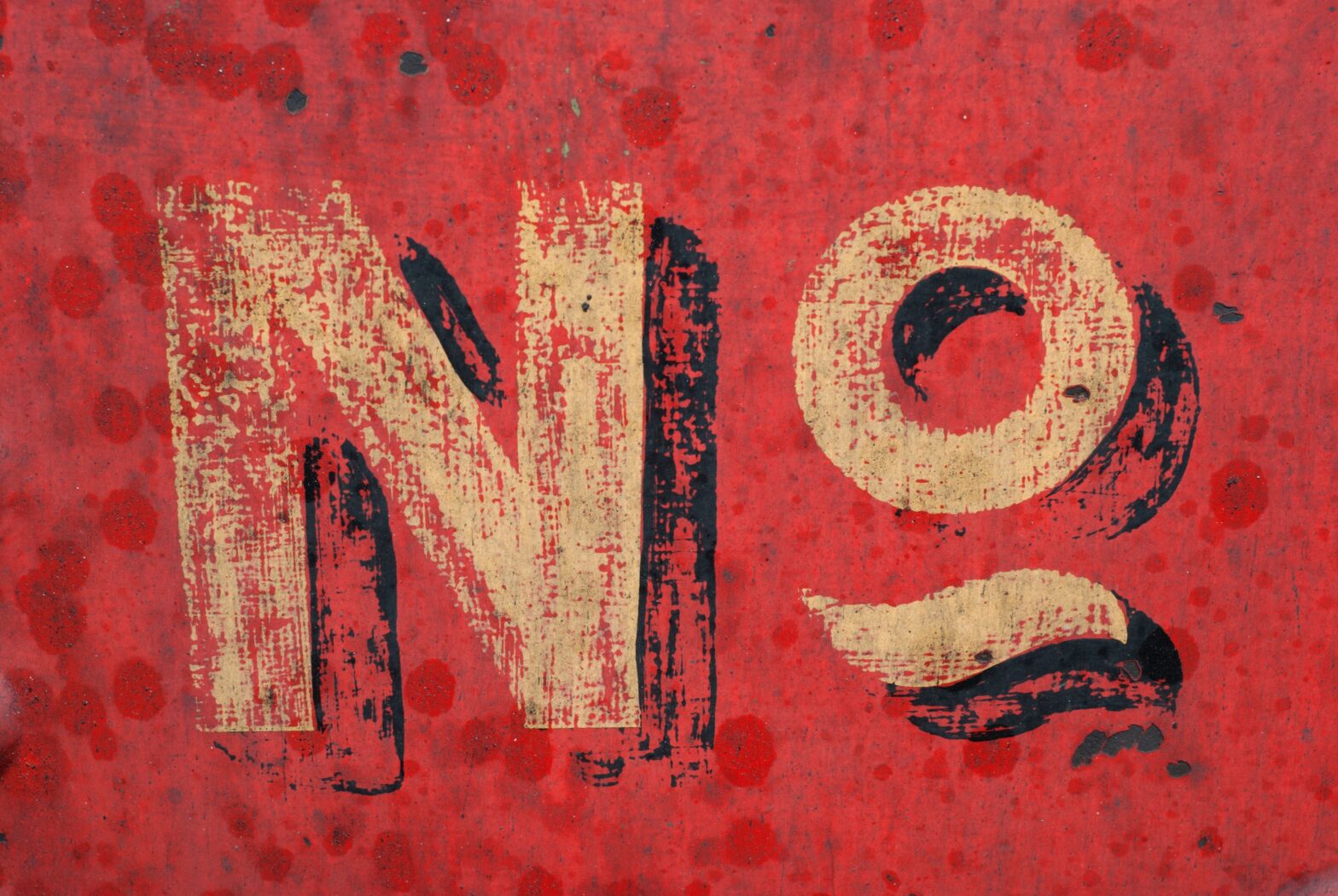As a general rule in the printing house, it is necessary to determine which font to choose for the main text – with or without serifs. However, not every font looks good when scaled. Some seem quite clear and sharp when the size of the pin is reduced, but when enlarged they look very bad. System fonts, such as Georgia or Arial, for example, look a little awkward when magnified, as they were designed with a reading limit of 14px.
Text fonts are designed and optimized to work well between 6-14 pixels (8-18px), but due to the fairly large character spacing, higher contrast, and low x-height, they may seem unattractive at 24-26px. On the other hand, some fonts fully retain their individuality and integrity at any scale and simply require additional settings to resolve the issue of spaces between characters.
For serif fonts, it is important to study their characteristics at large sizes; especially separate strokes, serifs and sharp corners. The increased size makes it possible to show a large number of details of the font with serifs – better highlighted strokes and reduced height of line characters. But you risk making the text less legible when you need to zoom out for small screens. Some examples of serif fonts that are good for large body text are Equity, Franziska, Leitura News, Merriweather, Miller, PT Serif, and Tisa.
Sans serif fonts, although less popular for body text, can be a good choice when it comes to large text. With them, as a rule, there are no such problems at magnification, as at serif fonts, because of their low contrast, identical thickness, and also because of small quantity of small details or curls. They maintain their shape. Some examples of serif fonts that are good for large text are Atlas Grotesk, Futura, Lato, Maison Neue, Real Text, Roboto, and Suisse Int’l.
It’s also interesting to note that newly developed fonts are better optimized for adaptive sites than those created for printing from the beginning – some modern serif fonts are great for screens of different sizes. With adaptive design, it’s a matter of balance – a font that works well on both large and small screens.
In general, it’s best to give our main text a test run at a large (and small) size to carefully study the details before running it. Tools like Typecast allow us to preview most fonts with large amounts of text, and make adjustments and comparisons easy.
